6 Easy Ways to Fix Your Gardens Ecosystem
If you like to see beneficial insects and wild birds in your garden then it needs to be inviting to bugs and insects. Many wild birds love feasting on bugs and insects, but many gardens are not bug friendly at all. By creating a thriving ecosystem you will keep garden pests under control in a natural way. Converting your garden into a working ecosystem will take time, maybe a few years. The best time to start is now and you will slowly start seeing the rewards.

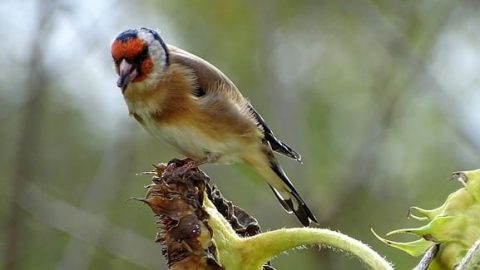
Your garden ecosystem could be out of balance and very unhealthy. You might be trying to fix things in ways that are making it worse. There are some very important things that you need to know and do to be able to fix your garden ecosystem.
1 – The first and most important step: stop using insecticides.
Insecticides are poisons used to kill bugs in the garden. Using insecticides causes a few problems for a wildlife garden and even for nature in the surrounding area. These poisons kill the bugs and that is what they are made for. No bugs will mean less food for the birds and no food for the lizards and frogs. Even worse, if any of these eat a poisoned bug then they could get poisoned too.
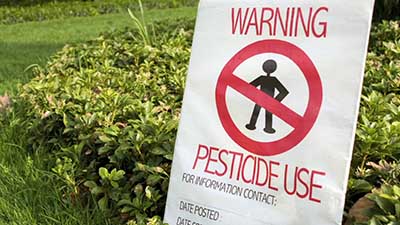
This is a difficult step for most gardeners. We know how to control bugs with pesticides, but we don’t know how to control them naturally with good bugs and reptiles such as frogs and lizards. This step might be the most difficult for you, but it is important and it will save you money.
2 – Keep the cats out of the garden.
You want to have birds, lizards and frogs in your garden to keep the ecosystem healthy and cats will upset this balance, they are a predatory animal after all, they will enjoy catching and eating birds and sometimes even tree frogs and some insects. The birds will also be scared away by the cats so you really don’t want them around.
3 – Make your lawn area smaller.
A large lawn of only one type of grass that is well kept and often treated with chemical fertilisers is not healthy for wildlife and will not help your wildlife gardening efforts. Get creative with you open spaces and create a meadow or grow some low-growing ground covers. Replace some of the lawn area with a grove of trees or shrubs. You will be rewarded with more wildlife visiting your yard and a healthier ecosystem. Find out about native grasses that you can use in your lawn and slowly start replacing alien varieties that are growing there.
4 – Keep wildlife in mind when choosing new plants.
You want to have a variety of plants that provide food for you wild visitors all year round. Choose plants that will give berries at different times, but especially in winter to feed the birds.
Other choices should include:
- plants that will supply larval food for butterflies, moths and beetles.
- plants with nectar flowers for butterflies and bees; and
- plants that will provide seeds for the birds.
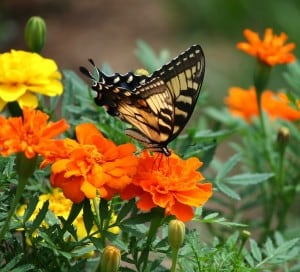
5- Shelter and nesting sites are important.
You want to have a variety of different habitat areas in your yard. These areas will include some bare ground, mulched areas, a stick pile, a rotting log, trees, hedges and even stone piles. These can be added in to your garden without looking bad and will be welcomed by the different creatures. A stick pile that never gets cleaned up can be kept in a back corner of the garden and an old log can have other plantings around it or be placed as a feature edging the garden.
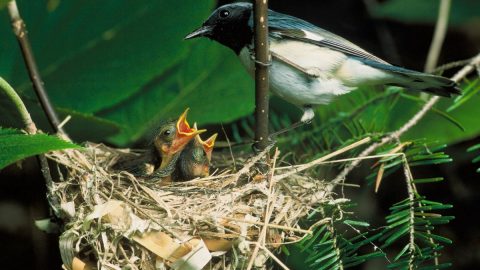
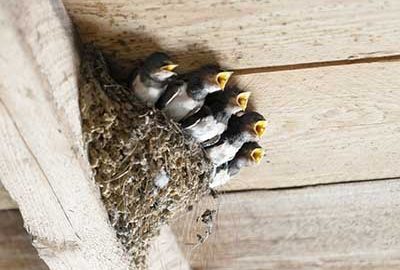
6 – Provide a water source.
Water for beneficial insects and bugs is very simple. Any source of clean water without any chemicals such as a bird bath for example. Even a tray with clean water will do.
The video below will be a good reference point and help tie together all the above mentioned points.
If you want to learn about looking after your garden in sustainable ways then why not check out Regenerativeskills
